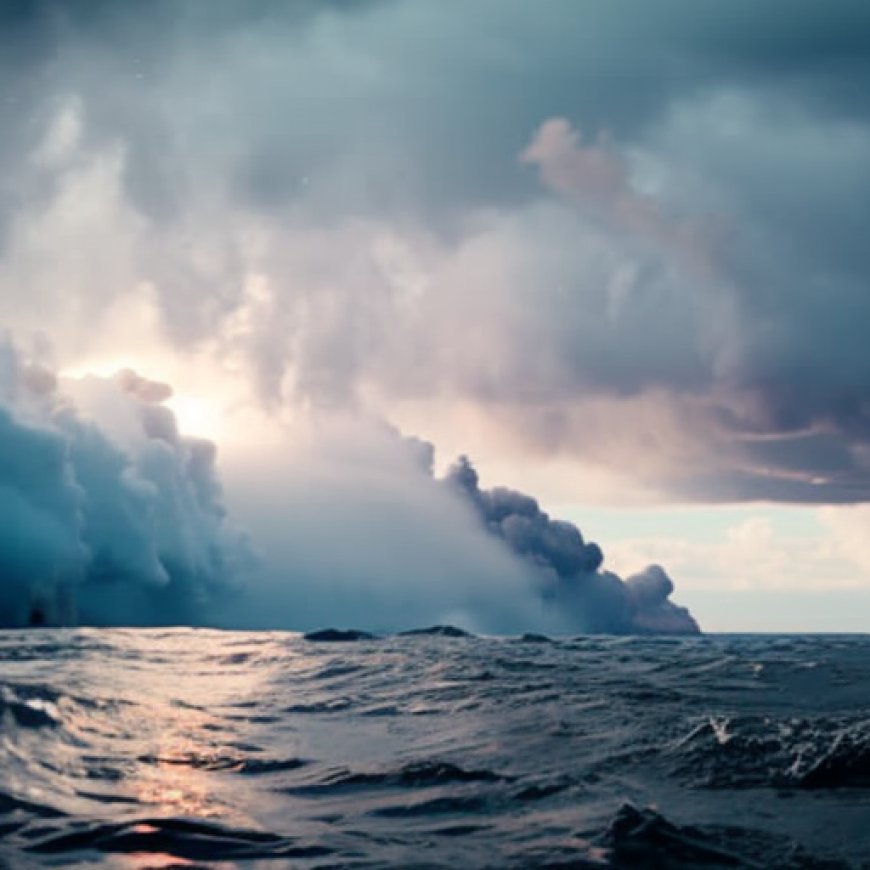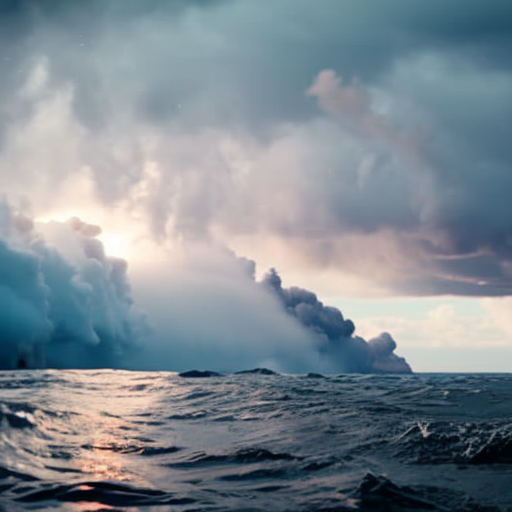What Warmer Oceans Mean For The Environment—From Dangerous Storms To Severe Flooding
What Warmer Oceans Mean For The Environment—From Dangerous Storms To Severe Flooding Forbes


Topline
South Florida waters hit triple digits and recorded their highest temperature ever on Monday, and as other parts of the world’s oceans witness record-high temperatures, the risk of higher sea levels and severe storms looms.
Key Facts
Waters in South Florida in Manatee Bay hit an all-time-high temperature of 101.1 degrees on Monday, a day after hitting another record high of 100.2 degrees on Sunday.
This temperature is comparable to that of hot tubs, which customers typically prefer to fall in a range of between 100 degrees and 102 degrees, according to hot tub maker Jacuzzi.
Rising ocean temperatures in Florida waters have impacted aquatic life, with researchers finding “100% coral mortality” in some areas.
South Florida isn’t the only place experiencing record hot waters—the Mediterranean Sea averaged temperatures of 83.1 degrees on Monday, the hottest it’s ever been since 2003.
Parts of the North Atlantic Ocean are experiencing a category four marine heat wave—a period with persistent and unusually extreme water temperatures—with some areas experiencing water temperatures 9 degrees warmer than usual, CNN reports.
According to the U.K. Met Office, both April and May saw the highest global sea surface temperatures for those two months since 1850.
Big Number
24%. That’s how much faster ocean temperatures are warming up this decade compared to previous decades, according to a
SDGs, Targets, and Indicators
-
SDG 13: Climate Action
- Target 13.1: Strengthen resilience and adaptive capacity to climate-related hazards and natural disasters
- Target 13.3: Improve education, awareness-raising, and human and institutional capacity on climate change mitigation, adaptation, impact reduction, and early warning
- Target 13.5: Take urgent action to combat climate change and its impacts
- Indicator: Ocean temperature rise and its impact on aquatic life
- Indicator: Increase in sea levels
- Indicator: Frequency and intensity of severe storms
-
SDG 14: Life Below Water
- Target 14.2: Sustainably manage and protect marine and coastal ecosystems to avoid significant adverse impacts
- Target 14.3: Minimize and address the impacts of ocean acidification
- Target 14.7: Increase the economic benefits to small island developing states and least developed countries from the sustainable use of marine resources
- Indicator: Coral reef mortality due to rising ocean temperatures
- Indicator: Impact of rising sea levels on coastal ecosystems
- Indicator: Economic benefits from sustainable use of marine resources
-
SDG 15: Life on Land
- Target 15.1: Ensure the conservation, restoration, and sustainable use of terrestrial and inland freshwater ecosystems and their services
- Target 15.2: Promote the implementation of sustainable management of all types of forests, halt deforestation, restore degraded forests, and substantially increase afforestation and reforestation
- Target 15.5: Take urgent and significant action to reduce the degradation of natural habitats
- Indicator: Impact of rising ocean temperatures on terrestrial ecosystems
- Indicator: Deforestation and forest degradation due to climate change
- Indicator: Conservation and restoration efforts for terrestrial ecosystems
Table: SDGs, Targets, and Indicators
| SDGs | Targets | Indicators |
|---|---|---|
| SDG 13: Climate Action |
|
|
| SDG 14: Life Below Water |
|
|
| SDG 15: Life on Land |
|
|
Behold! This splendid article springs forth from the wellspring of knowledge, shaped by a wondrous proprietary AI technology that delved into a vast ocean of data, illuminating the path towards the Sustainable Development Goals. Remember that all rights are reserved by SDG Investors LLC, empowering us to champion progress together.
Source: forbes.com

Join us, as fellow seekers of change, on a transformative journey at https://sdgtalks.ai/welcome, where you can become a member and actively contribute to shaping a brighter future.







